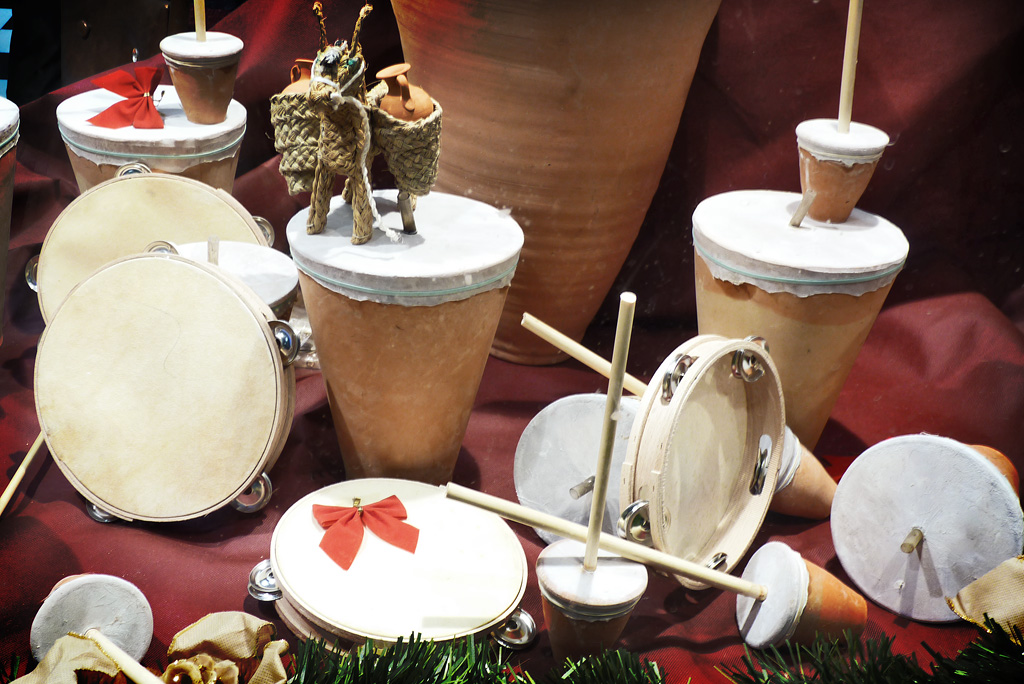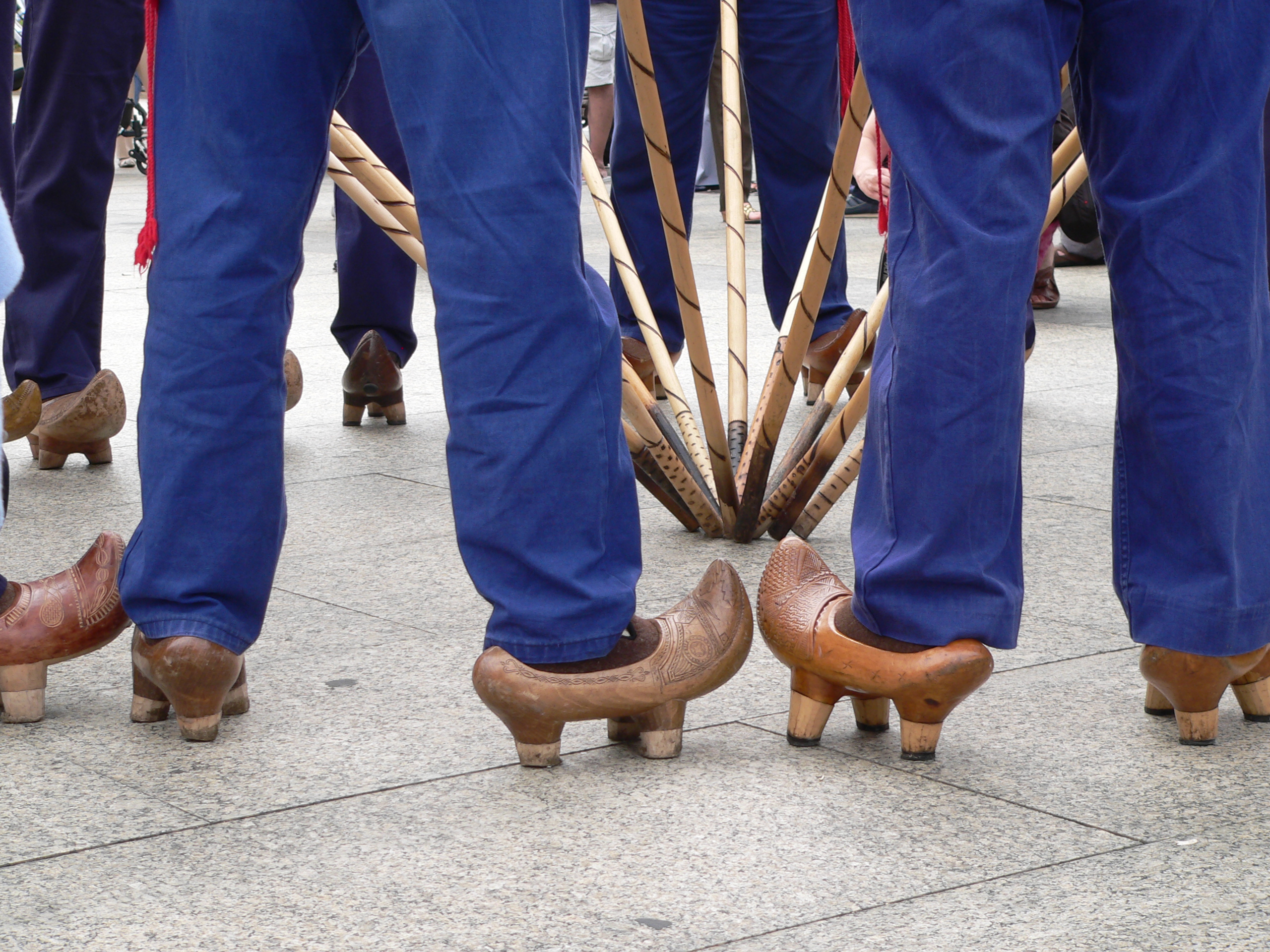Elaboration of Taracea in Spain
Country of the crafting :Spain
Region of the crafting :Andalusia
Town of the crafting :Granada
Type of the crafting :Wood
1. Geographic Area
Today, taracea remains traditional inGranada and Damascus . and its beauty is appreciated in places all over the world. It is endangered, as it is avery laborious craftsmanship technique that is increasingly falling into disuse . InGranadathere are still artisans whomake authentic works of art with this technique .
2.Craft characteristics
?It is an ornamental technique consisting of inlaying smallpiecesofwood, mother-of-pearl, bone orother materials into aobjects such as doors, walls and arches.
?In the work, cut pieces of materials of different colors (wood, shell, mother of pearl, ivory or metals) are used, which fit into a wooden support until the decorative design is carried out.
?Between some pieces and others a contrast effect is created that depends on the color, brightness, texture, betas … of the materials used.
3.The technique
The mosaics are formed with geometric strips of the woods and materials chosen. They are glued from the inside to outside and attach layers to the desired design . Later , cut into plates to combine several of them to decorate the piece.
The finishes chosen for the pieces after they are sanded and polished, are the ancestral varnished to wrist that achieves a matt finish or the polyester that offers a more durable finish with shine.
4.Used materials
For the realization of works of taracea, it is required the use of fine wood veneers of various species, such as walnut, beech, ebony, of those used in carpentry to veneer furniture.
You can also use other types of materials, such as ivory or metal (especially when it comes to true taracea, that is, incriminating the pieces in the base wood)
5.History
No less than 5000 years ago, works of taracea had already made in the Sumerian period in Mesopotamia.From Mesopotamia it spread throughout the Middle East, later the Greeks learned it and from these it passed to the Romans.
The Arabs learned it from the Romans and Byzantines and introduced it to Spain, which is why it derives from the Arabic word Tarsia , which means inlay.
The taracea is the Granada handicraft that best represents us, as it reflects the influence of ALHAMBRA. the designs used are the same as those used in the decoration of the Alhambra, furniture and ceilings in the fourteenth and fifteenth centuries
Elaboration of Taracea crafting Presentation








